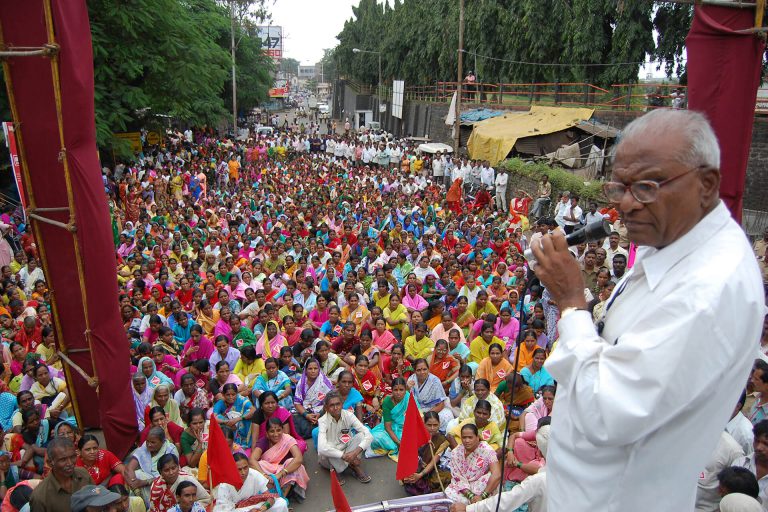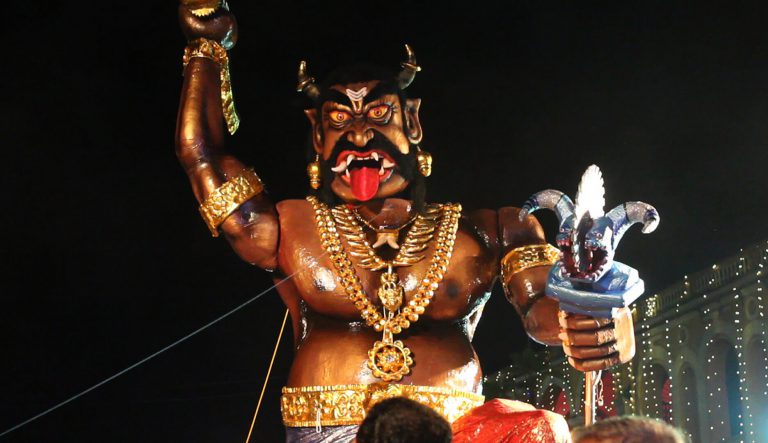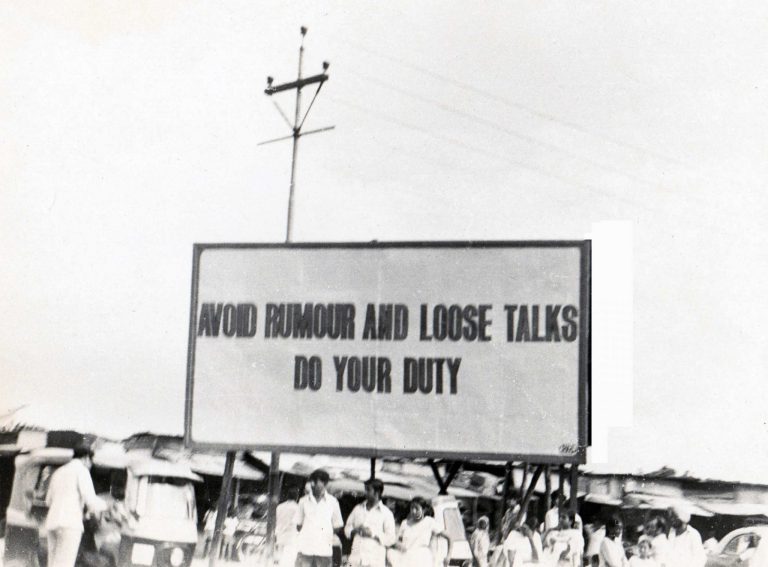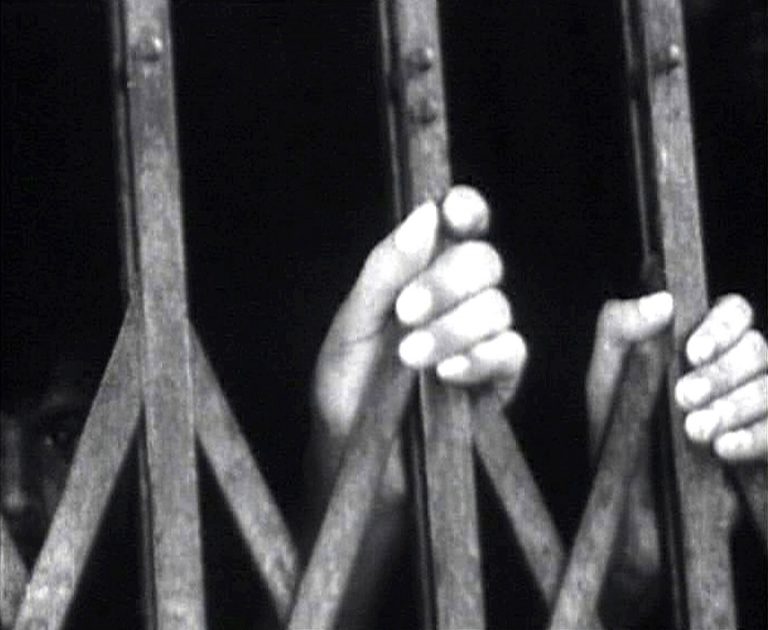Documentary filmmaker Anand Patwardhan on the Emergency of our times
STIR reviews three films from award-winning filmmaker Anand Patwardhan's expansive filmography, to understand the shifting landscape of Indian politics.
by Utkarsh | Jun 11, 2020
On the night of September 5, 2017, the documentary filmmaker Anand Patwardhan received a call from a friend who asked him to switch to a news channel immediately. It had been nearly two months since I had started working with Patwardhan on his film Vivek/ Reason (2019), and as he put the news on, we learnt about the murder of journalist Gauri Lankesh – the fourth in a series of murders that made apparent an emerging pattern of violence against those who championed the voice of reason and dared to question the state. In a week’s time, Patwardhan left for Bengaluru, Karnataka, where he would film the I am Gauri march, organised in protest of her killing and the rise of intolerant politics within the country. Excerpts from the march would serve as footnotes to his 261-minute-film, which can only be described as a portrait of our times.
As Patwardhan discusses the events that define the trajectory of the film over a telephonic conversation, I am reminded of the muffled sounds of a motorbike exhaust followed by loud gunshots that intersperse the film. Patwardhan began filming what would later become Reason, after the murder of Comrade Govind Pansare in 2015, which bore an uncanny resemblance to the 2013 killing of rationalist Narendra Dabholkar. During the course of the film, first the scholar MM Kalburgi and then Gauri Lankesh were murdered in an identical manner. Each of them died from gunshot wounds after being fired upon by unknown assailants riding motorbikes.

Reason traces the emergence of a majoritarian ideology by going back in time to the assassination of Mahatma Gandhi and observing the role of Hindutva formations in his death. The film unfolds in parallel segments that lay bare the structures that underscore accounts of violence and hate in our nation today. An India where Muslims are lynched, Dalits are flogged and the saffron terror accused are acquitted honorably. An India that jubilates over the machismos of its Prime Minister, fascinates over pipe dreams of development while at the same time harboring intense paranoia and fear of ‘the other.’ Those in power prey on the complacency of the general populace, while subverting the very democratic principles on which the country was founded. Protest and poetry weave seamlessly, as instances from the film showcase the efforts of the few that continue to fight on the margins, despite all efforts to silence them.

Reason is a step by step education into the socio-political geography of the subcontinent, which examines the long-prevailing hegemonies that continue to concentrate power in the hands of the select few. The film is dynamic in its approach as it shifts from being an observer at times to becoming participative and investigative at others, employing different narrative techniques to highlight the diverse perspectives being shown. Themes of nationalism, masculinity, caste and capitalism echo some of the filmmaker’s long-standing thematic pre-occupations which have been explored throughout his expansive filmography. While obvious parallels can be drawn between Reason and the 1992 film Ram Ke Naam/In the Name of God on the Babri Masjid demolition, it is two of his earliest films that need to be revisited today in the context of contemporary India.

In the film Kraanti ki Tarangein/Waves of Revolution (1975), the filmmaker presents an India of a different time, as it protests against the injustices that are wrought upon its people by the Indira Gandhi government. The film captures the resilience of the student-initiated Bihar Movement led by the veteran Gandhian socialist, Jayaprakash Narayan in 1974. The movement was a clarion call for a ‘Total Revolution’, against rising unemployment, corruption and inflation under the then Congress government. Shot partly on 8mm reversal and partly on 16mm film stock, the black and white film describes the disquiet of a young India as protestors rally for the removal of the elected government. In a sequence showing the police brutally lathi-charging dissenting protesters at a rally in Patna, Bihar, the slogan “Hamla chaahe jaisa hoga/Haath humara nahi uthega (No matter how bad the attack/ we shall not retaliate in violence),” echoes the Gandhian spirit that defined the movement. Though it is the director’s first film, his cinema-verité approach and his interactions with the subjects of the film reveal narrative techniques that would become synonymous with his oeuvre.

While Waves of Revolution speaks about protest and hope, the director’s second film, Zameer ke Bandi/Prisoners of Conscience (1978), narrates the atrocities of the Emergency era that lasted over two years from 1975 to 1977. The emergency period was witness to suspension of elections, censorship of civil liberties and human rights violations and the film explores the same through a series of interviews with those who were arrested and imprisoned for having dissented against the state. Haunting scenes from Emergency era jails imprint haunting imagery into the viewers’ minds, as a sequence from the film lingers over the hands of the prisoners as they clutch the bars of their prison cell. The subject of the film is especially pertinent at a time when protesters from the anti-CAA protests earlier this year are being booked under the oppressive Unlawful Activities (Prevention) Act or UAPA.
Recounting the Emergency era in India, the filmmaker describes the major differences between then and now. “The Emergency of today, and I don’t hesitate to call this an Emergency, is much more draconian than the one in 1975. The Emergency then was completely transparent, while today, the state does not need to show its fangs openly because the state has the willing compliance of the corporate class and the media. They don’t need a declared Emergency because they have effectively manufactured consent. Even though Indira Gandhi knew that there was a good chance that she and her party would lose the election in 1977, she allowed it. There was a fair election which she lost, after which she stepped down from power,” explains Patwardhan.

Towards the end of Reason, as credits roll past the performance of drummers at the ‘I am Gauri’ march, a short sequence shows the late Comrade Pansare walking down the streets of Kolhapur, Maharashtra. The camera observes him from a distance as his voice explains in Marathi how it is inevitable that people will rise up against the growing inequality of our times. In the last shot as he walks down a path with shrubbery on both sides, he says: “This is no dream” and then adds “and dreaming is no sin”.

Utkarsh is a writer and photographer based in New Delhi, India. His interests revolve around the history of photography in South Asia and documentary practices across lens-based media.